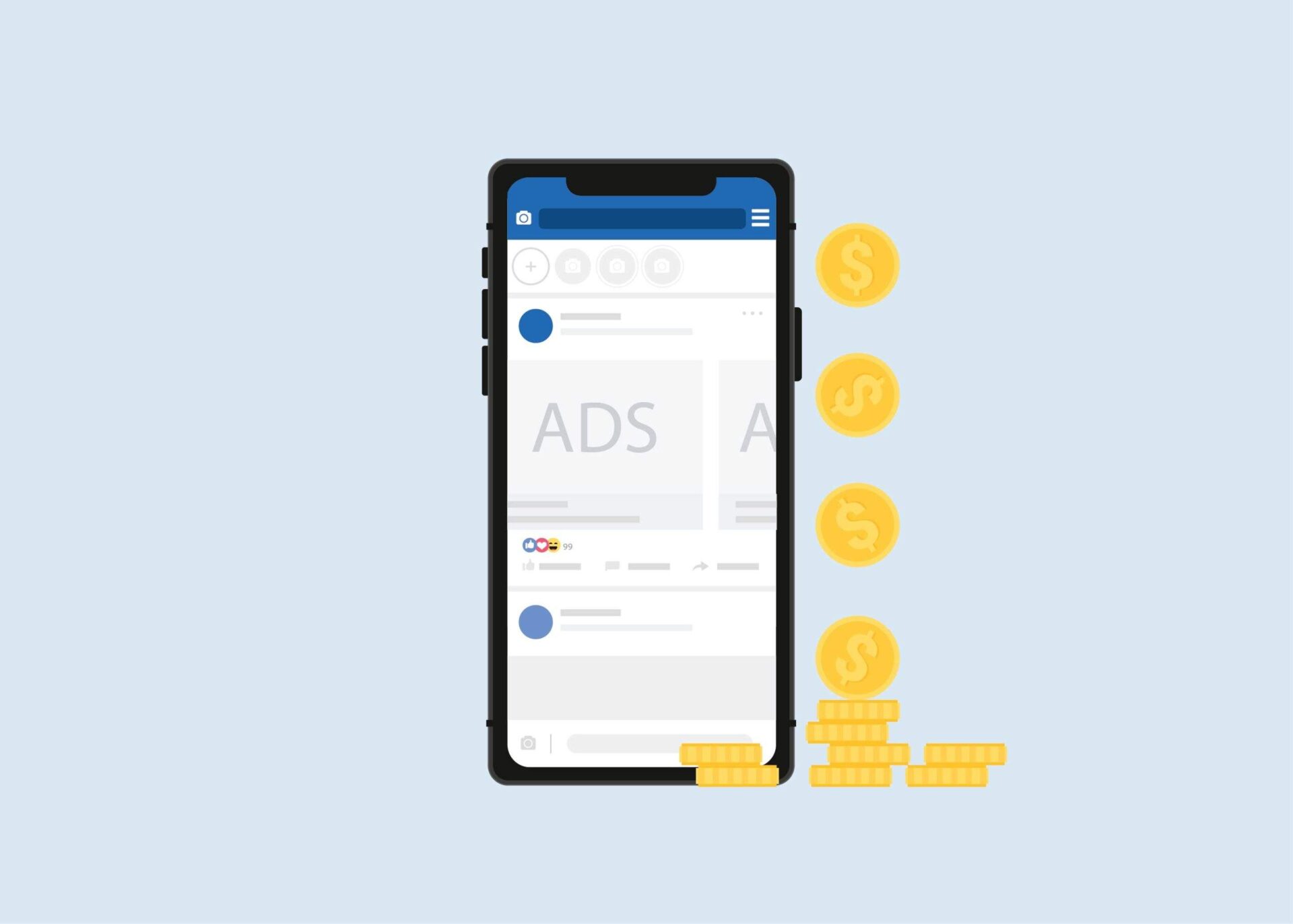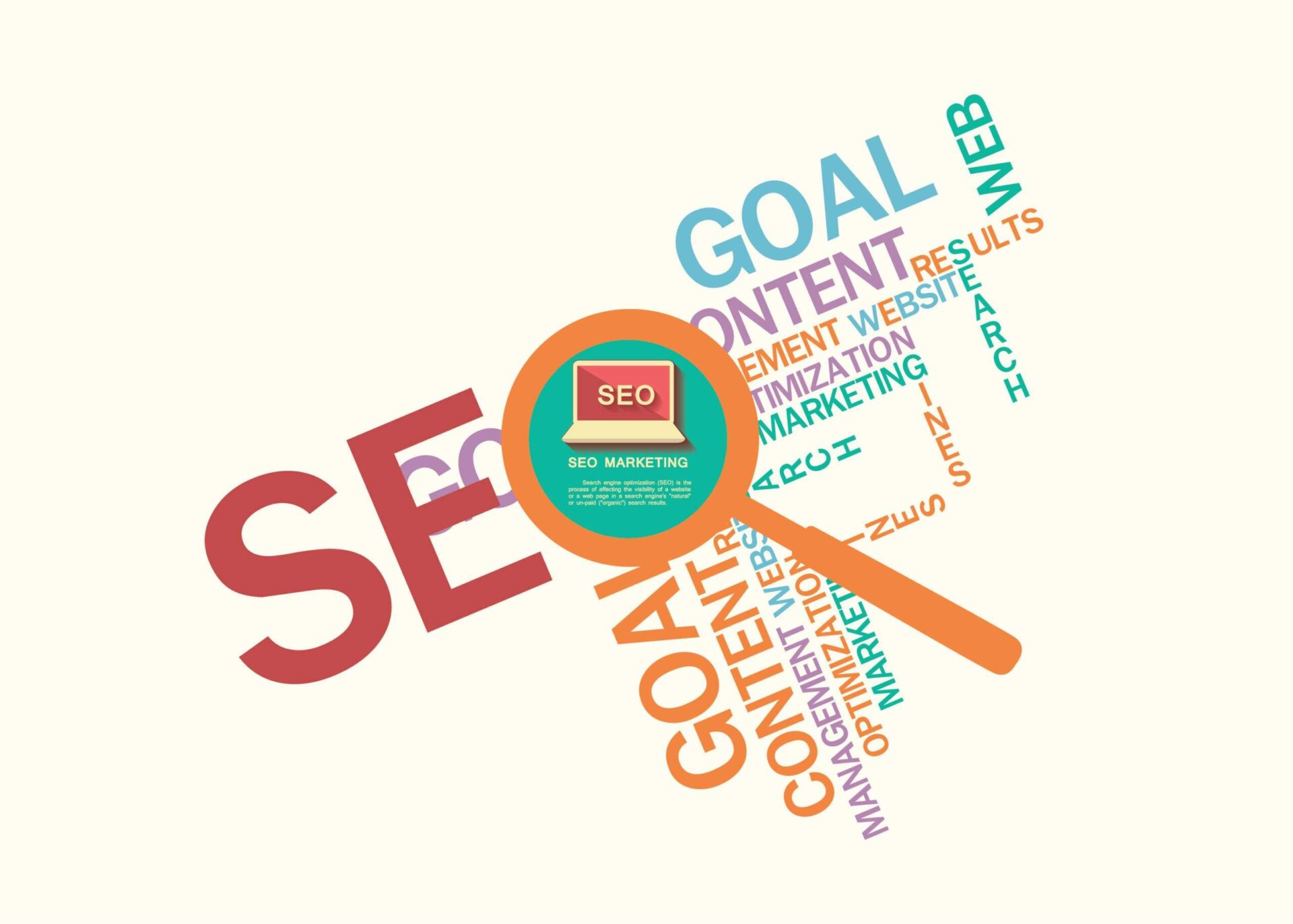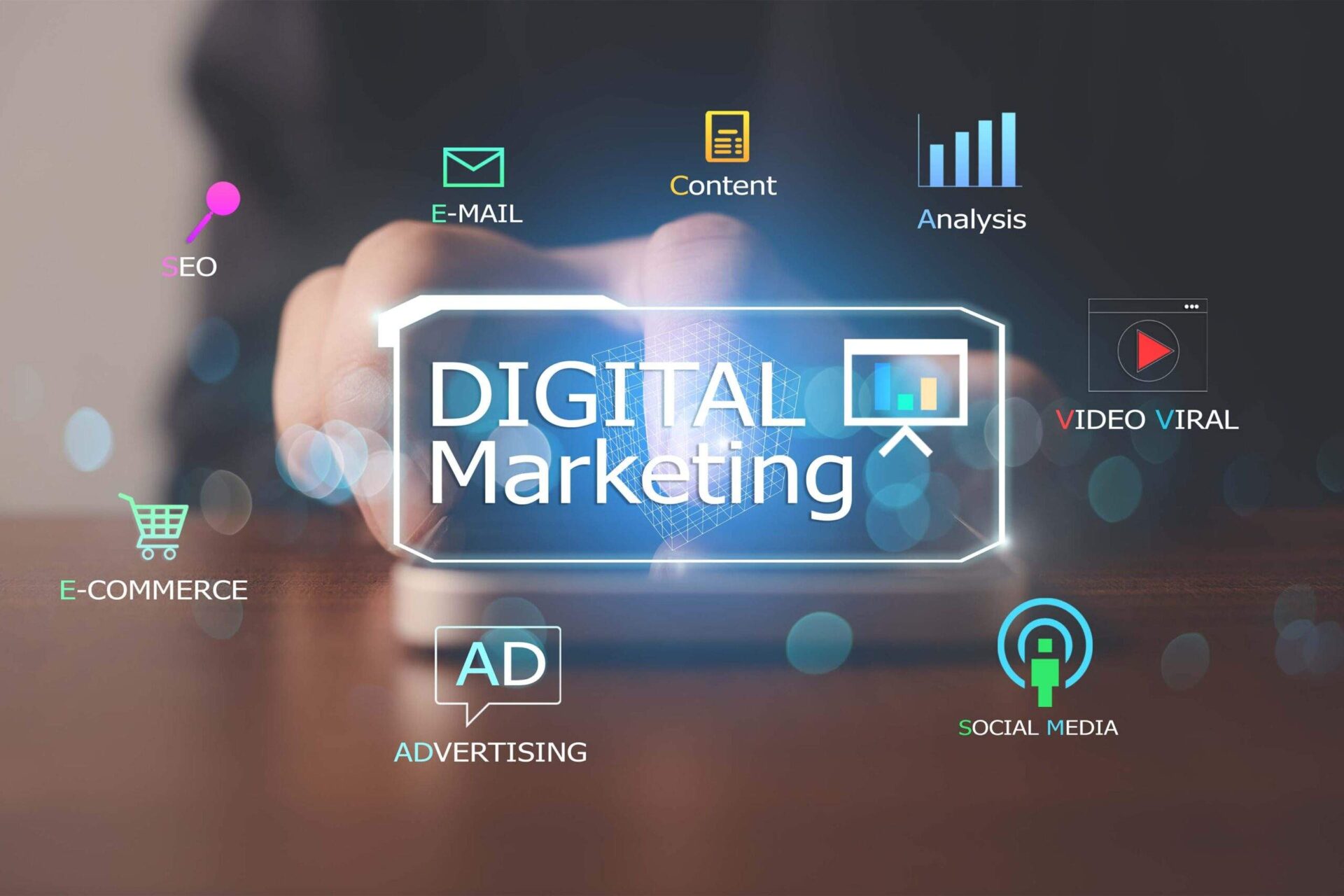From the ancient days when merchants shouted their wares in street markets and peddlers went door-to-door, to the modern era of influencers and targeted online campaigns, marketing has come a long way. Its evolution runs parallel with technological advancements that have opened up new channels and opportunities for businesses to reach customers. For the curious marketers out there interested in learning more about this history of influence, this extensive post will take you on an epic journey through time to explore how it developed from its earliest methods right up til now.
Origins of Marketing
Dating back to ancient Mesopotamia, marketing has been a fundamental component of commerce. From the intricate carvings found on clay tablets to the colorful murals adorning marketplaces, the marketing tactics used by Mesopotamian merchants were both creative and effective. Research shows that these merchants went to great lengths to differentiate their products from competitors’ offerings by using advertising methods such as word-of-mouth, persuasive writing, and even personalized messages. By examining the history of marketing in Mesopotamia, we gain a deeper understanding of how advertising has evolved over time and the role it has played in shaping the global economy.
Marketing in Ancient Times
Marketing has been around for centuries, and ancient Greece and Rome were no strangers to it. In fact, one of the earliest forms of marketing can be traced back to street criers in these ancient civilizations. These vendors would walk the streets shouting about their products and services, trying to catch the attention of potential customers. Not only were they effective in promoting their wares, but they were also a form of entertainment for the people of the time. With no television or internet, street criers were a way to stay informed about the latest products and services. The origins of this form of advertising may be ancient, but the idea of catching someone’s attention and retaining it is still at the core of a successful marketing strategy today.
Marketing in Europe in the Middle Ages
During the Middle Ages, marketing in Europe was a bustling and vibrant industry. The rise of merchants and markets during this time allowed for the expansion of trade across the continent and beyond. The medieval period saw the emergence of new trading routes, as well as the introduction of goods and services from distant lands. With new opportunities for commerce arising, merchants became pivotal players in the economy, selling everything from textiles, spices, and grains to precious metals and gems. Markets were the lifeblood of medieval society, where people gathered to exchange goods and ideas, socialize, and barter for the best deals. This era of marketing in Europe paved the way for future innovations in commerce and had a profound impact on the world of business.
The Invention of the Printing Press
During the Middle Ages in Europe, advertising looked vastly different compared to what we see today. Most advertising was done through word of mouth and through public announcements. However, all that changed with the invention of the printing press. With the ability to produce printed materials on a large scale, advertisements could reach a much wider audience. This marked the beginning of a new era in advertising. Merchants and tradespeople were quick to take advantage of this new technology, with many printing broadsheets and flyers to promote their businesses. The information revolutionized the way people consumed and shared information. This innovation also led to the standardization of language, which helped streamline advertising materials across the continent.
Rise of Modern Advertising
The Industrial Revolution marked a significant change in the way goods were produced and consumed, and with it came a rise in modern advertising. As factories churned out an abundance of products, new modes of transportation allowed for wider distribution, and mass media outlets such as newspapers and magazines became more prevalent. This created an opportunity for advertisers to reach larger audiences through print ads and billboards. Companies began to use eye-catching slogans, colorful images, and persuasive language to entice consumers into purchasing their goods. Advertising became an industry in and of itself, one that has only continued to evolve and expand in the centuries since.
Radio Ads in the 1920s
In the 1920s, radio ads took the world by storm, changing the way companies reached their target audiences. With the advent of radio broadcasting, companies could now reach a larger audience than ever before, providing an effective medium for advertising their products and services. Radio stations became inundated with advertisements as companies discovered the power of this new marketing tool. The 1920s were a time of rapid technological advancement, and the rise of radio advertising was one of the most revolutionary developments of the time. Today, radio advertising remains a popular way for companies to reach their audience, but it all began with the pioneering efforts of those early radio ad creators.
TV Ads in the 1950s
The 1950s marked a turning point in the world of advertising, as television commercials began to emerge as a powerful marketing tool. With the rapid growth of television ownership in households across America, businesses quickly realized the potential of reaching a mass audience through this new medium. Advertisers crafted messages that spoke directly to consumers, highlighting product features and benefits that would resonate with viewers. As a result, TV ads became a driving force in shaping consumer behavior and preferences, sparking a new era in retail sales. The effects of these ads permeated every aspect of society, influencing what people bought, how they shopped, and even how they viewed themselves. From catchy jingles to memorable slogans, the impact of TV ads continues to shape our shopping experiences today.
The Digital Age of Marketing
In today’s digital age, marketing has transformed significantly. Social media has become an extremely powerful tool for businesses to reach their target audience and increase engagement. The abundance of data available on social platforms allows for highly targeted advertising campaigns, which can be tailored to match the interests and behaviors of specific audiences. With just a few clicks, businesses can reach potential customers based on their demographics, interests, and behaviors. Social media advertising has proven to be a cost-effective way to build brand awareness and drive sales, making it a valuable addition to any marketing strategy.
What’s in Store for the Future of Marketing?
As technology continues to evolve, so does the field of marketing. With the rise of artificial intelligence, machine learning, and virtual reality, marketers are finding new and innovative ways to engage with consumers. Personalization is becoming increasingly important, with consumers expecting tailored experiences across all channels. Influencer marketing is also gaining prominence as consumers look for authenticity and trustworthiness from the brands they follow. The future of marketing will see a greater emphasis on data-driven decision-making, with marketers using analytics to inform their strategies and better understand their target audience.
Conclusion
As we have seen, marketing may have been around since ancient Mesopotamia, but it has come a long way since then! From street criers all the way to targeted digital ads, marketing is constantly evolving and transforming to reach new audiences. What began as an effort to inform and influence purchasing decisions in tangible markets has become a vast phenomenon that transcends time and space. Although the challenges of marketing are ever-changing due to innovations like social media, one thing is true – companies must continue producing effective ads that capture the attention of potential customers. We look forward to witnessing how marketing continues to evolve as technology develops and remains an integral force in our everyday lives.

















